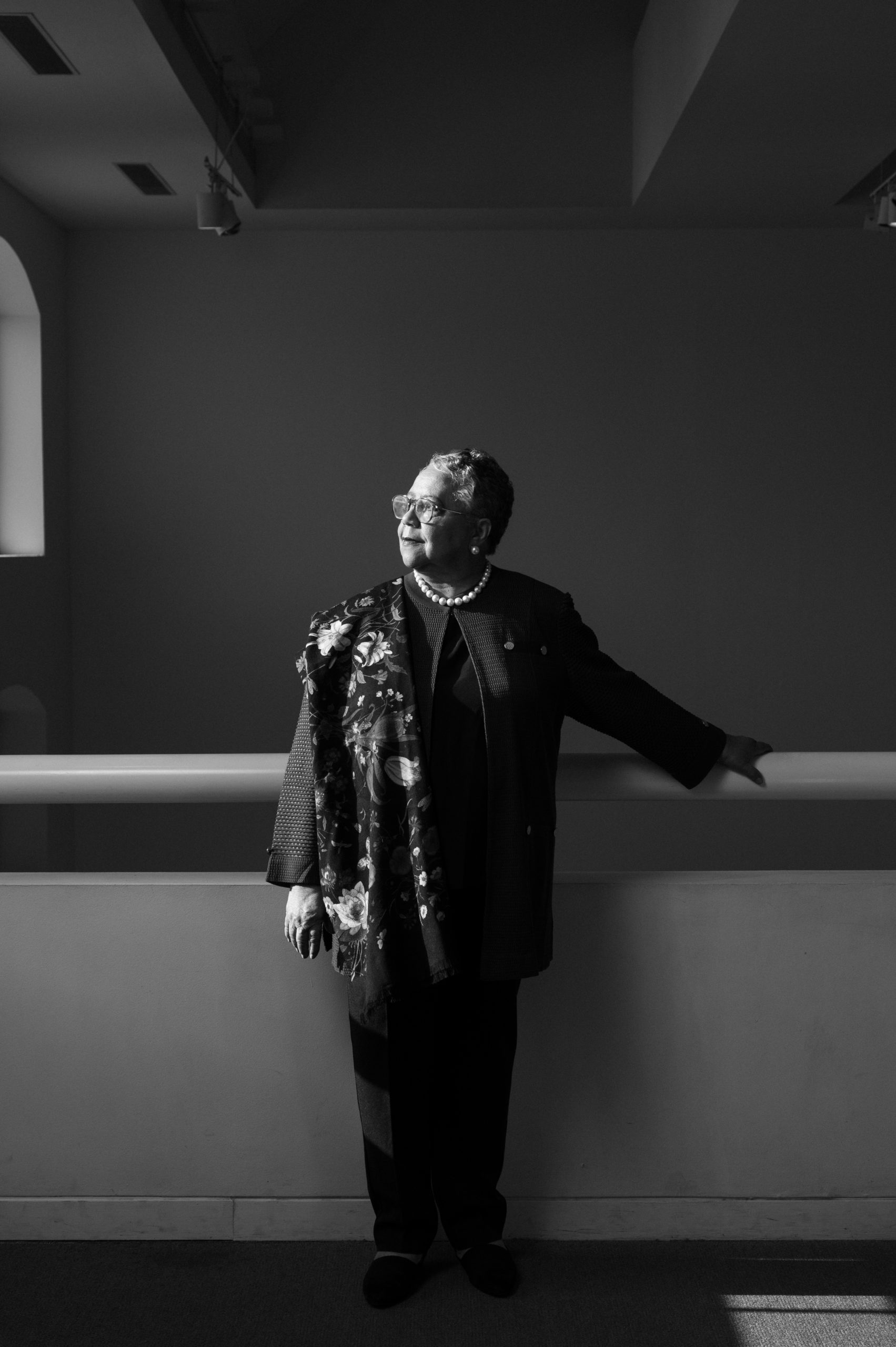
Cover Woman, Harriet Kelley
Nurturing Art and Family.
A life dedicated to creating one of the country’s premier African American art collections.
By Dawn Robinette
Photography by David Teran
The titles “owner,” “founder,” or “director” inadequately describe Harriet Kelley, who, along-side her beloved husband Dr. Harmon Kelley, started the Harmon and Harriet Kelley Foundation for the Arts. Kelley is the nurturing heart of the foundation that was formed as the couple dedicated themselves to gathering and showcasing African American art. And it all began because they realized how little they knew about African American art.
“We saw an exhibit of African American artists at the San Antonio Museum of Art. We knew nothing about these beautiful pieces. So that was our interest and curiosity was to learn more about it,” she explains. “At the time, my daughters were younger, and we wanted to educate them about our neglected history and the absence of these pieces in museums.
“We just had a vision. I call it a notice from God what we should do.”
They started with a phone call. “It was the 1980s. We weren’t privileged to be able to use the internet to do research. I called the Art Dealers Association of America, and they gave me three names of people that dealt in African American art. One had gotten out of the business. The other one never returned my call. The one that replied was Thurlow Tibbs,” she details.
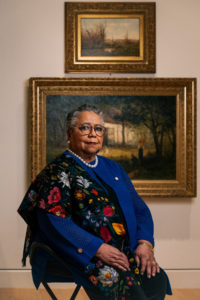
Painting: Edward Mitchell Bannister, American, born Canada, 1833-1901, After the Bath, ca. 1891 Oil on canvas, San Antonio Museum of Art, Gift of Harmon and Harriet Kelley, 94.61
That connection was fortuitous. An accomplished art appraiser, broker, collector, and dealer, Tibbs was an advocate for African American art in Washington D.C. “He literally led us by the hand at first and educated us. He would send Polaroids. That was what you got. And often, they were not good images. With him and a lot of other dealers, that’s how we got images. Some works we rejected because we really didn’t get a good picture,” she explains about growing the collection in the days before email and Google.
“Later, we’d see the pieces in the hands of others, and we’d be disappointed. If it hadn’t been a bad image, I probably would have obtained the pieces.”
While they may have missed out on some, as Kelley’s knowledge grew, “We were able to venture out on our own and find works.”
The Kelleys’ good friend and accountant, Jim Rice, CPA, suggested they start a foundation to manage the growing collection. As they worked to learn the world of art, Kelley became a docent at the McNay, furthering her art knowledge and ultimately chairing the docent training program. “I was a science major and had no real knowledge of art. I was able to learn about the masters and African American artists.”
The former teacher has continued to educate herself about African American art and history. Ask about the collection or a favorite work of art, and she’ll share artist stories and tidbits, weaving stories that the collection serves to illustrate. The Kelleys’ dedicated efforts created one of the country’s premier collections of African American art, and one that continues to grow. The National Gallery of Art, the Metropolitan Museum of Art, the Art Institute of Chicago, and more come to San Antonio to view the Kelleys’ collection. At any time, the foundation has works on loan with various institutions in both the United States and abroad.

The collection includes examples from all art media: oil on canvas, watercolors, prints from a variety of printing techniques, and sculptures. It has been featured at the San Antonio Museum of Art and the McNay Art Museum and in traveling exhibitions, sharing the collection across the country. Local San Antonio artists are also included, giving them exposure far beyond the Alamo City.
Sadly, the artists’ names are not as well-known as they should be; that is beginning to change. “Because of the discrimination of these artists, they were very affordable to us. So, we acquired many pieces fairly quickly. Now 30 years later, many are trying to acquire these works,” she notes.
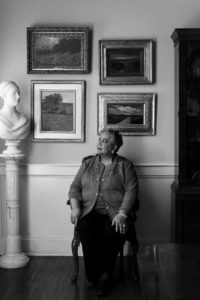 Kelley approaches collecting from an educator’s perspective, using it to teach others about a history that should be much better known. “That became a challenge: getting them to notice African American art and the importance of these works being in their holdings because this would tell the whole story of the Black American experience.”
Kelley approaches collecting from an educator’s perspective, using it to teach others about a history that should be much better known. “That became a challenge: getting them to notice African American art and the importance of these works being in their holdings because this would tell the whole story of the Black American experience.”
When Kelley became a trustee at the San Antonio Museum of Art in 1994, the Kelleys gave the first two major African American art pieces to the museum, an Edward Mitchell Bannister and a Charles Ethan Porter. “By giving, then you can have expectations on what should be done. You know, you can’t really get mad at people if they don’t know, if they’re not knowledgeable about things. So, you pretty much have to do things gradually. This is what happened. They are somewhat resistant at first because they didn’t know or realize the importance. And now, they have acquired quite a few pieces. It’s an example of how people change.”
A member of The Links Incorporated, as well as Alpha Kappa Alpha Sorority, a full list of Kelley’s board positions, appointments, memberships, publications, lectures, and accolades fills pages. The San Antonio Arts Commission and the City of San Antonio Department of Arts & Culture honored Kelley with the 2019 Distinction in the Arts award for arts patronage, recognizing her outstanding arts and cultural achievements.
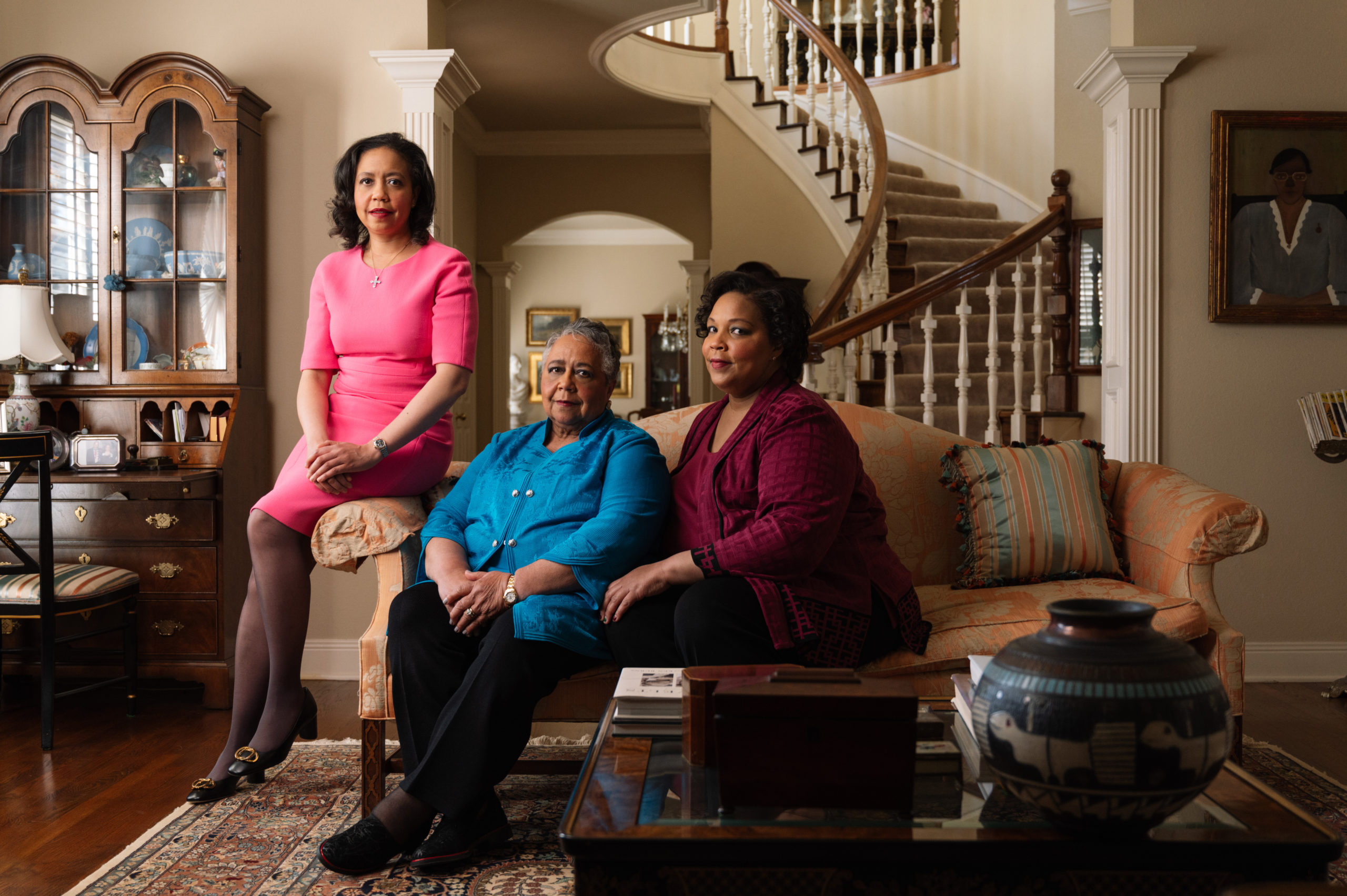
And she did it all while dedicating herself to her daughters. “I was a stay-at-home mom, which by some people wasn’t very popular, but I did what was needed. My role was to take care of the children. And they’ve done great things.”
She proudly extolls the accomplishments of her daughters, Margaret and Jennifer. Margaret is a doctor and has practiced with her father for more than 20 years here in San Antonio. Jennifer, who uses her Master of Social Work to help veterans on the path to recovery, serves as a Licensed Clinical Social Worker at the VA hospital.
“I had time to give them experiences I couldn’t have if I worked full-time. I was happy I was here.”
Her nurturing nature also extended to caring for her mother and then later for her father-in-law. But her role as a caregiver changed when she became the one in need. In 2006, “I suffered a pulmonary embolism. I was gravely ill and diagnosed with lupus.”
“So, I’ve called myself a lupus warrior for the last 14 years, which has had some ups and downs,” she explains. “My determination and my belief in God help me.
“I just make sure I get my rest and take my medicine. It’s put a limit on what I can do, but my art is the way I deal with things.
With the travel restrictions of the past year, she’s become reliant on the online technology that wasn’t available when they started the collection. “It’s become a hobby. I look at auction items online.”
And the couple enjoys studying art. “We have an extensive art library, and it gives my husband and me something that we can do together. He’s so competitive. If he sees me reading something, he asks about it because he wants to know it, too,” she laughs.
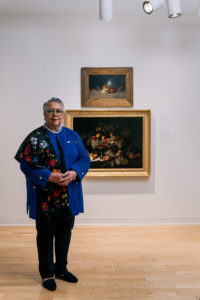
Top painting: Charles Ethan Porter, American (ca. 1847-1923), Still Life, ca. 1880, Oil on canvas, 13 in. x 20 in., San Antonio Museum of Art, Gift of Harmon and Harriet Kelley in honor of Milbrew and Shirley Davis, 96.48
She and Harmon met at Prairie View A&M, where her father developed the science program after being denied opportunities in the chemical industry due to his race. “I had very strong parents who dealt with all kinds of racial problems,” she explains, crediting their examples and her faith for the strength with which she approaches challenges. The Kelleys endowed a presidential scholarship in her father’s name at the University of Texas Medical School in Galveston to assist a Prairie View student who wants to attend UTMB.
The medicine she must take has a variety of side effects, including affecting her appearance. “You know, you are all loaded up with prednisone, you get moon-faced and look different, and people can say, I hope not intentionally, but very critical and crushing things. I’ve become very resilient through all this.
“It was just a new beginning, thinking about life and what it should be about and family. And what you can do for others – that became very, very important.”
A member of St. Luke’s Episcopal Church and Daughters of the King, her nurturing nature is driven by her faith. “And for his sake I am, but one, but I am one, I cannot do everything, but I can do something. I’ll do what I ought to do by the grace of God, I will do. Lord, what will you have me do today?”
“That’s pretty much what inspires me.”
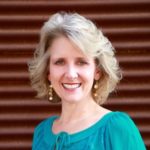







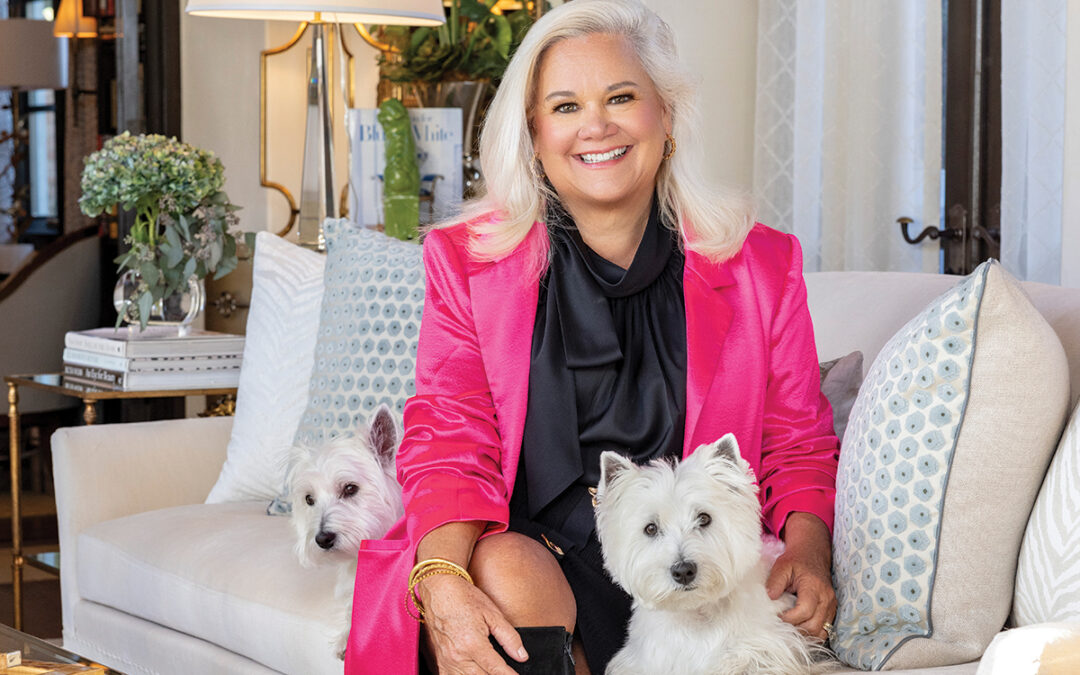

0 Comments